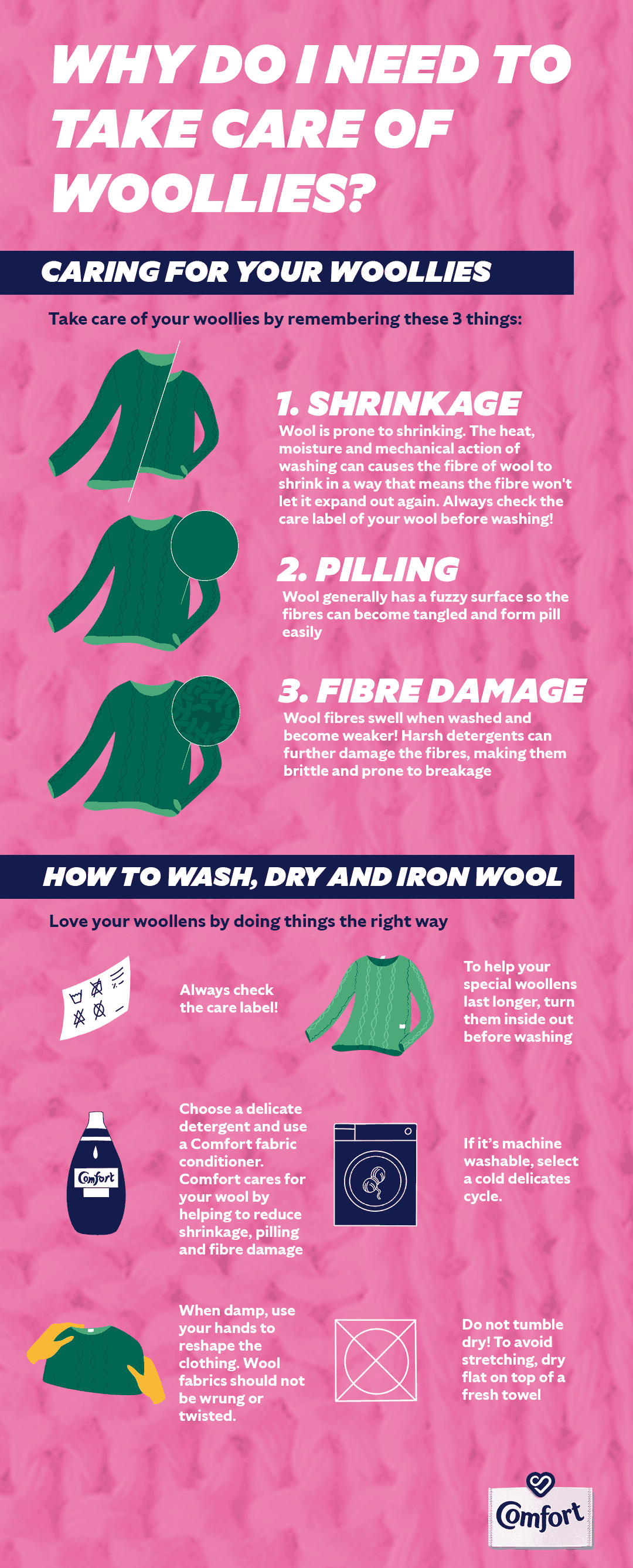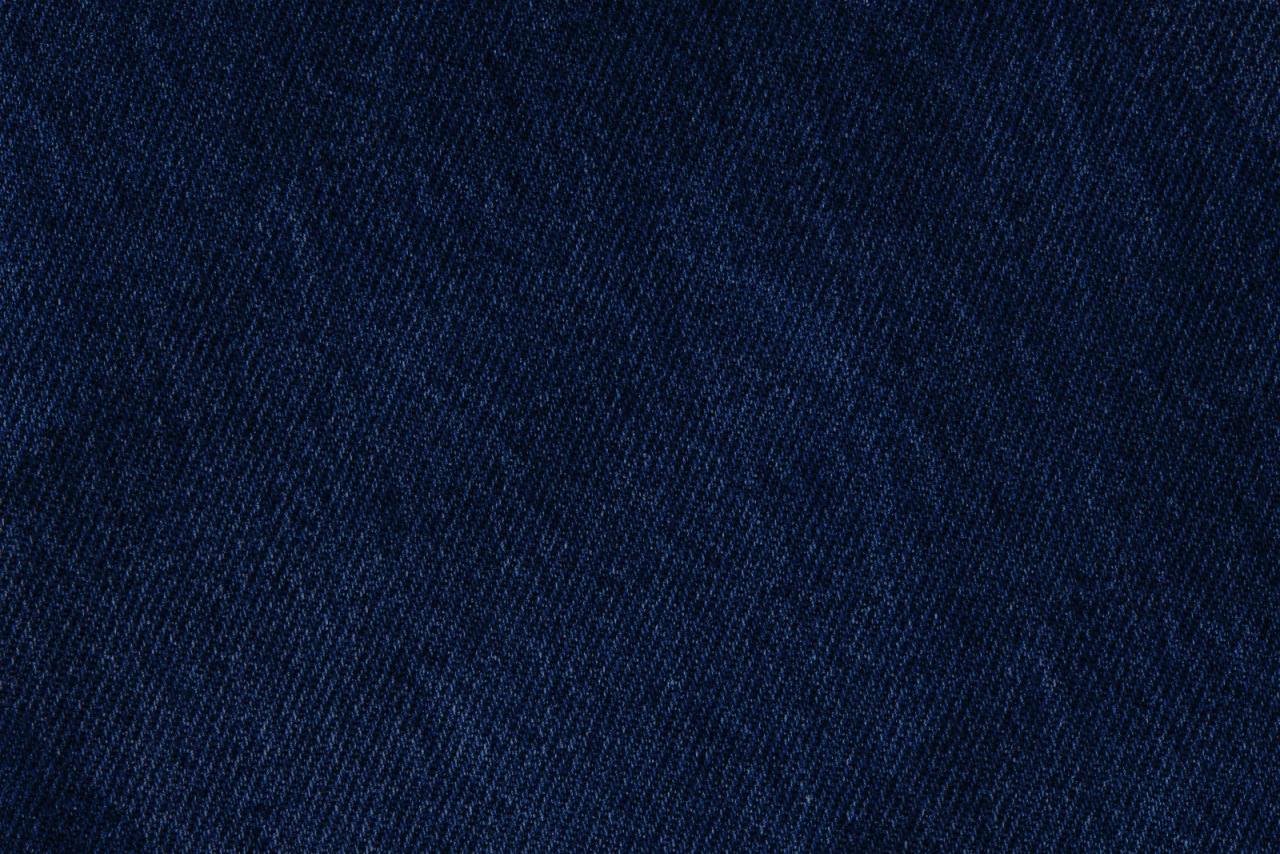It’s fair to say that wool is pretty much everywhere. But what exactly is this fabric? How many types of wool fabric are there? And what makes it so popular? Despite how in-demand this material has always been, the majority of us know very little about the many varieties of wool. But not for long!
We’re going to discuss the different types of wool fabric and how to care for them so that they’re good as new after each wear. Let’s take a look!
Types of wool fabric: What is wool?
Before we dive into the most beloved varieties of wool, let’s talk about what wool even is. Wool fabric comes from sheep and other animals, like goats and bison. Wool contains loads of keratin, a natural protein responsible for many of the fabric’s amazing benefits, which you’ll find below:
Durable
Water repellent
Flame resistant
Well-insulated
Reduced environment impact
Easily renewable with a soft feel
You’ve most likely encountered wool varieties in sweaters, suits, hats, gloves, and other outerwear garments. Like we said, this material is everywhere!
Different types of wool
Now that you have a better understanding of what wool is, let’s look at the most well-known types of wool and what makes each one unique.
Merino
Merino is one of the world’s most common kinds of wool. It comes from the Merino sheep, which is the most popular breed of sheep used for clothing. The fibre from this type of wool is very fine with smaller scales. It’s found in loads of athletic gear since it’s great at regulating temperature.
Mohair
The kinds of wool fabric that come from the Angora goat are known as Mohair wool. This wool variety has a frizzy look to it and is very soft and shiny. This is a popular kind of wool because it doesn’t wrinkle easily and is very resilient.
Cashmere
One of the most expensive, luxurious kinds of wool fabric in the world, cashmere is known for its extremely fine fibres and soft feel. It is generally more delicate than other types of wool but offers fantastic insulation.
Angora
This type of wool comes from the Angora rabbit. It has incredibly hollow fibres, making the fabric fluffy and more fragile. Despite its lightweight feel, Angora wool actually offers great insulation, making it ideal for colder weather.
Alpaca
Last but not least, the finest hair available comes from the Alpaca, an animal native to South America. Alpaca fibres are slightly stiffer than merino or cashmere but it's a type of wool which is still lightweight, soft, and durable.

How to care for wool varieties
You now know the different kinds of wool and what makes each one so special. Now, let’s go over how to care for your wool so that it stays special after each wash. The good news is that you shouldn’t have to wash your wool too often. But there are a few things to keep in mind:
Shrinkage:
Wool is prone to shrinking and can be difficult to wash as a result. Always check the care label of your wool garment.
Pilling:
Because of its fuzzy surface, the woollen fibres can become tangled, forming pills.
Fibre damage:
Compared to cotton, wool is a fairly weak fibre. Fibres swell when washed and become reduced in strength as a result. Using harsh detergents can further damage the fibres, making them brittle and prone to breakage.
So, with this in mind, how to wash, dry, and iron it?
Washing:
Always check the care label! If it’s hand-washable, then always use cold water and a mild detergent suited to wool. If it’s machine washable, select a woollen cycle (30° gentle agitation). Use mild detergents (Non-Bio) with gentle formulations, as a neutral pH and enzyme-free are kinder to woollen fibres.
To help your special woollens last longer, turn them inside out and use a Cold Delicates Cycle. Choose a delicate fabric conditioner like Comfort Intense Fuschia Passion to keep fabrics soft, reduce shrinkage, pilling, and fibre damage.
Drying:
The best way to dry your wool items is by air drying to avoid any shrinkage. Wool should not be tumble dried. If you hang wet wool from a clothesline, the weight of the garment will stretch the fabric, leaving you with a sweater that’s now more like a dress.
To avoid stretching wool, dry flat by laying some towels onto the floor and placing the clothing on top. When the clothing is still slightly damp, use your hands to reshape the clothing, so that it dries in the correct shape.
Ironing:
Most woollen garments, like knits, won’t suffer from creasing, but garments that are fibre blends may require ironing. Set your iron to wool or medium setting. Avoid high temperatures as these can lead to scorch marks. Lay the garment down and reshape by hand, spray with a bit of water and use the steam function while ironing.
There you have it: the different types of wool fabric and how to care for them. Whether it be winter or summer, there’s a different kind of wool variety for every season to keep you feeling comfortable and stylish.


